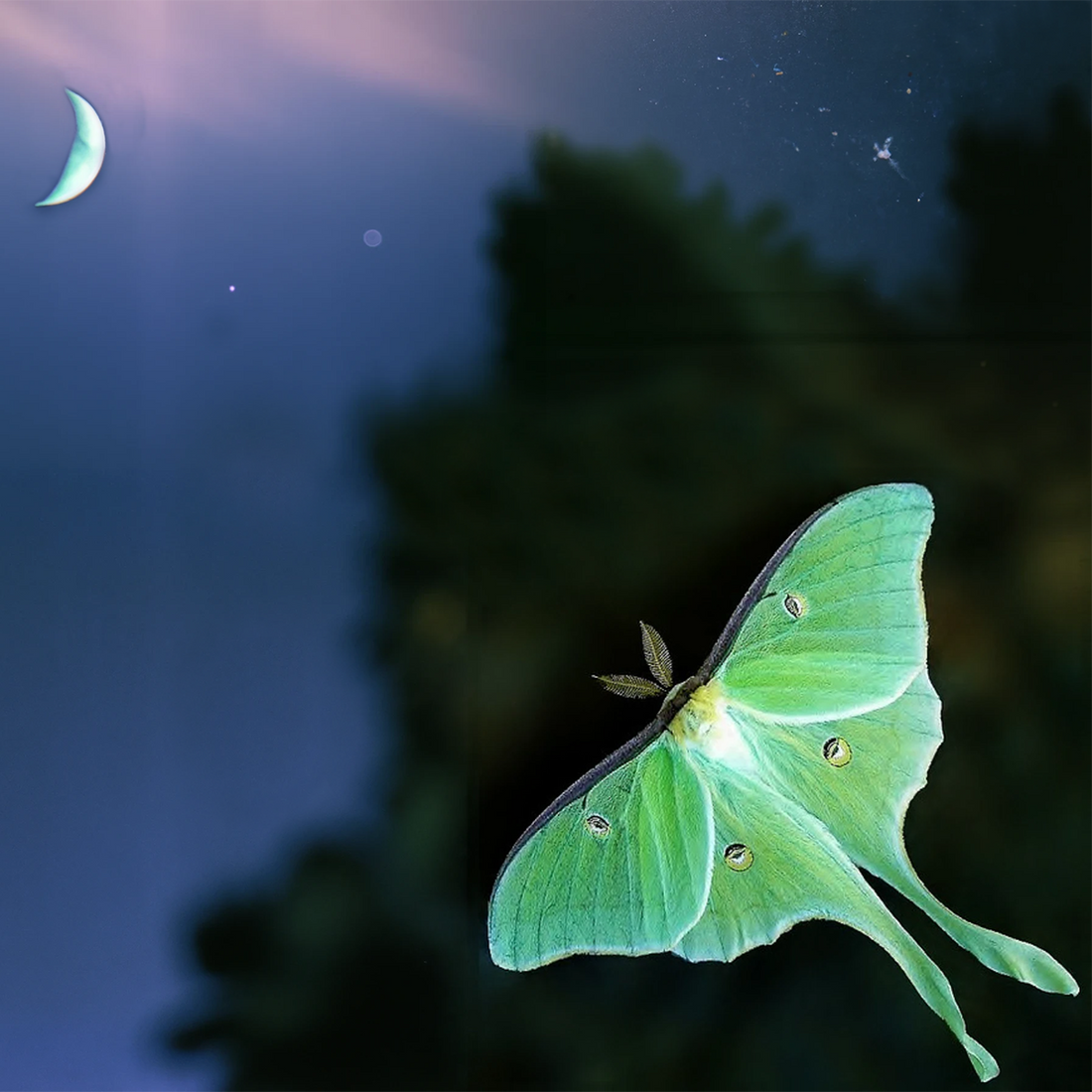Metamorphosis is the process by which animals change from one form into another. This happens as they grow older and develop into biological adults.
The most obvious example of this is how caterpillars turn into butterflies when they molt their exoskeleton to make room for their new wings. However, there are many other types of metamorphosis that occur at various stages in the lives of different species around the world – these include insects like moths that undergo complete transformation throughout several stages before becoming fully-fledged adults; frogs that transform from tadpoles in watery habitats; fish like the flounder whose eye moves to the other side of its face; birds including chickens that hatch from eggs…the list goes on!

The Horseshoe Crab's Metamorphosis Journey
Horseshoe crabs are ancient creatures with a unique way of growing and shedding their skin. The process begins in the spring, when they emerge from hibernation to mate (this is when you're most likely to see them on beaches). After mating, female horseshoe crabs lay their eggs in shallow water, and then die after laying 500-1,000 eggs at once.
The larvae that hatch from these eggs spend about five years in the ocean before returning to shore as juveniles and molting for the first time into adults– and this is where things get interesting!
When it's time for a new exoskeleton, but there isn't space left inside their current one, they can't just slip out like other insects do: instead, they have to squeeze through an opening called "the operculum" located near their tail end. And can you believe, they must repeat this process approximately 16 to 17 times over a period of 9 to 11 years until they are sexually mature?! Then they have a massive party on the beach in spring.

Photo by Didier Descouens
The Lobster's Metamorphosis Journey
You may be wondering why lobsters molt, and how they do it. Well, in the first place, molting is what allows them to grow and develop their bodies. When a lobster molts, they're shedding their old shell (and any parasites that might have been living inside). This process also gives them room for their new exoskeleton– a hard outer layer made up of calcium carbonate that protects their body from predators and keeps them safe from harm (although they have also been seen riding stinging jellyfish in their larval state!).

Photo by Steven Kovacs
The second reason why lobsters shed their shells is because they need space for those big pincers!

Photo by Jessica Waller
Molting, Shedding, and Making Space for Something New

The way we grow and change is like a shellfish shedding its old self for a new one. The profound changes we go through as humans – it could be a breakup with your significant other; moving out on your own for the first time; getting fired from your job; graduating college; having kids – these are all what shape us into who we are today. These are all things that require us to shed our old selves and become something new.
There's a reason why we say "she's shed her skin" when someone undergoes a dramatic change in personality or appearance. It's because metamorphosis is a natural process that happens to us all! The way we grow and change is like a horseshoe crab shedding its old little shell home for a new one. Sometimes we have to do this many, many times throughout our lives, and it can happen at any time.
Just like these animals, sometimes we must let go of our past to make room for a brighter future. It can be difficult to let go of what you know. But next time you see a spider building its web or a butterfly emerging from its chrysalis, or even a horseshoe crab flipped upside down on the beach, remember that these creatures are all undergoing metamorphosis at some point in their life cycles. And if we humans ever feel like we're stuck in our old ways? Well then maybe it's time for us too...

